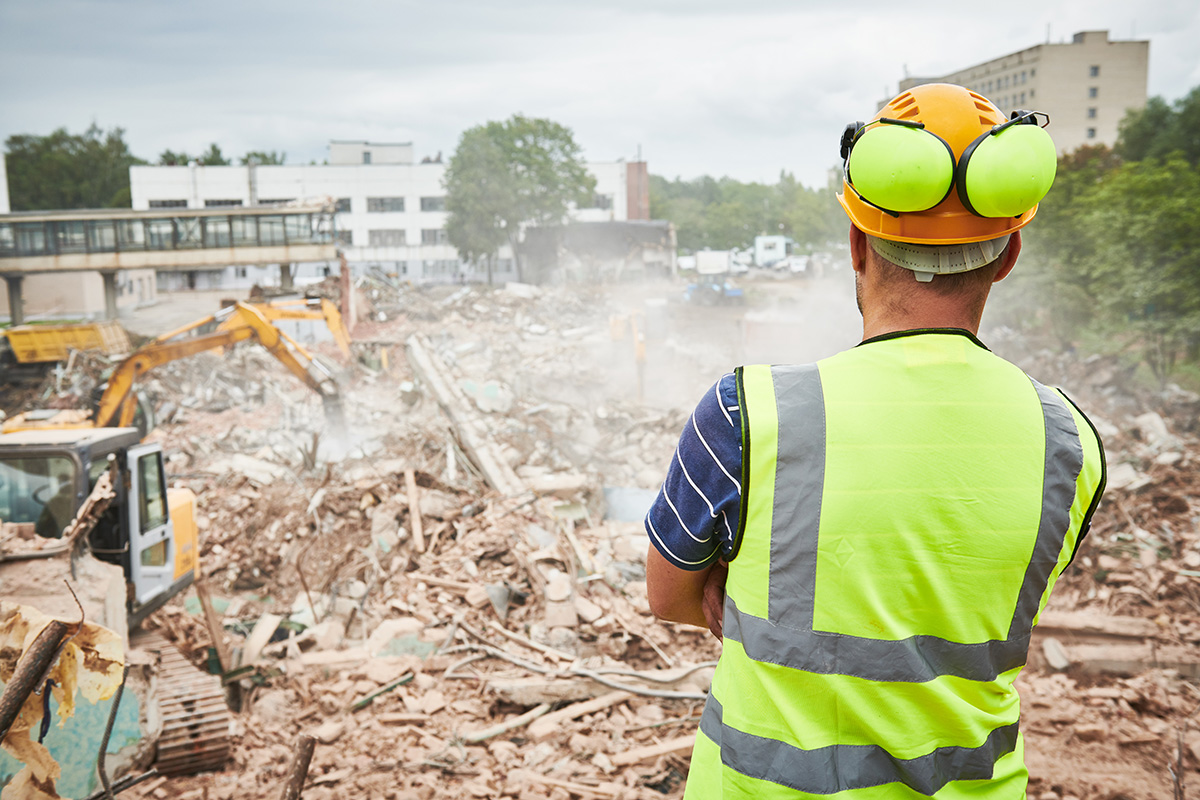3 Key Factors to Consider for Commercial Site Clearing
- Posted on
- acmdemogroup
Demolition, clearing, and eliminating trash are all part of debris collection and site clearing. However, site-clearing processes are a progression with physical labor or automation.
In order to clear a commercial site, the demolition process must come to a halt before the debris is removed, and a supervisor must ensure that the area is safe for personnel before resuming after demolition. It’s imperative that you partner with a reputable commercial company that emphasizes safety first in all processes of site-clearing.
Why Clearing a Site During Demolition Is Important
The major purpose of clearing a site is to remove waste, unused machinery, and derelict structures—the soil’s surface, which cannot use for construction. The right demolition partner should help you understand the significance of preserving the natural system and protecting lives and properties.
If your land is contaminated, land clearance is essential for your safety, and it is also an efficient way to get your site ready for new construction. The ACM crew is focused on environmental preservation when taking on any comprehensive commercial or residential clearing services.
Clearing a Site vs. Demolition
One of the most crucial steps in every building project is demolition and tear down of buildings or other structures on the property. Whether facilitated by machine, by hand, or a combination of both, having a skilled demo team is critical to ensuring the job is done safely and correctly. The two main techniques include non-explosive and explosive demolition. Depending on the types of structures needing to be leveled, one, or both techniques will be employed for rapid demolition.
Removal of Debris
Another critical stage of commercial site clearing is debris removal; this involves clearing a site or buildings of trash or rubble. The topsoil is also typically removed, as it is unsuitable for building. Topsoil could contain substances that mistakenly or deliberately alter building construction and thereby should be addressed on site. Once a site has been cleared, more preparations can be made to commence any building of new structures or re-envisioned use of the space.
Safety
At every stage of commercial site clearing, safety is mandatory. Clearing a commercial site requires approval from the local planning authority because it may include felling protected trees and dealing with hazardous materials. Personnel is always instructed to wear safety gear to prevent jobsite hazards, and signs and boundaries are designated hot zones in order to avoid accidents and keep people safe.
Site clearing also may require removal and proper recycling or waste disposal services. A reputable partner must provide proper refuse without compromising safety. Once the earth has been cleared, additional work may be required, such as leveling the ground before construction can begin. Your land or development space may require the local authority’s consent before clearing. It may also be necessary to draft a site waste strategy outlining the appropriate procedures for disposing of waste items.
Partner with ACM Demo
Recognized for excellence in the areas of abatement & asbestos removal, environmental remediation, and demolition services, for over 20 years, ACM has been built a reputation for elite performance driven by the highest safety standards. With a customer-centric methodology, commercial and residential clients rely on ACM for niche expertise and insightful recommendations. Contact ACM for an on-site evaluation and to learn more about our commercial demolition and site clearing services.















